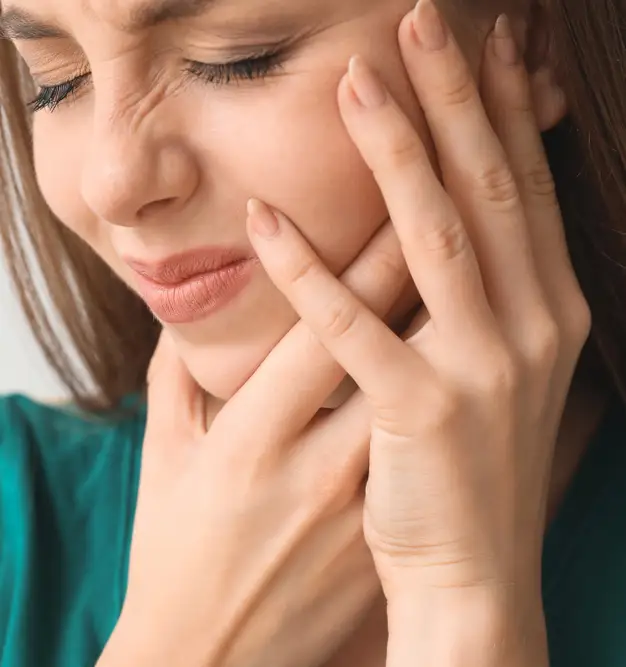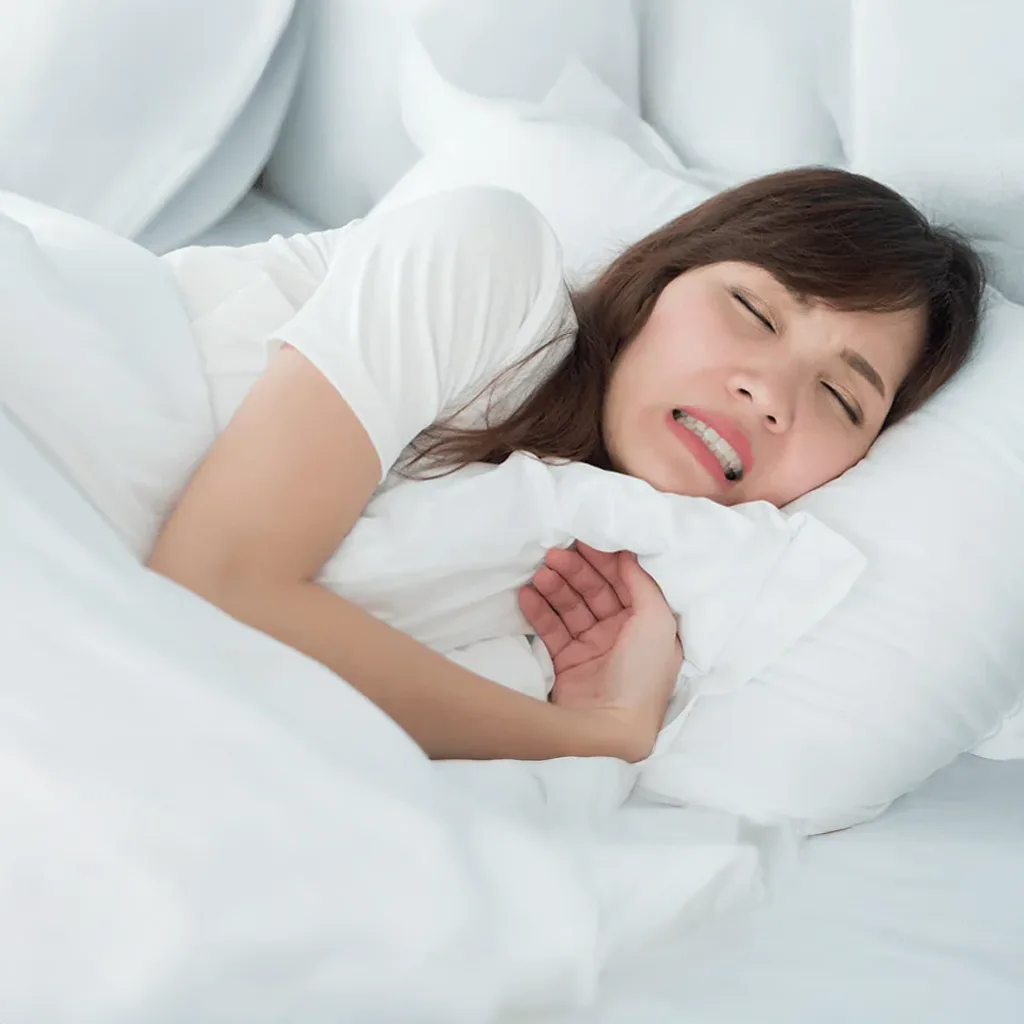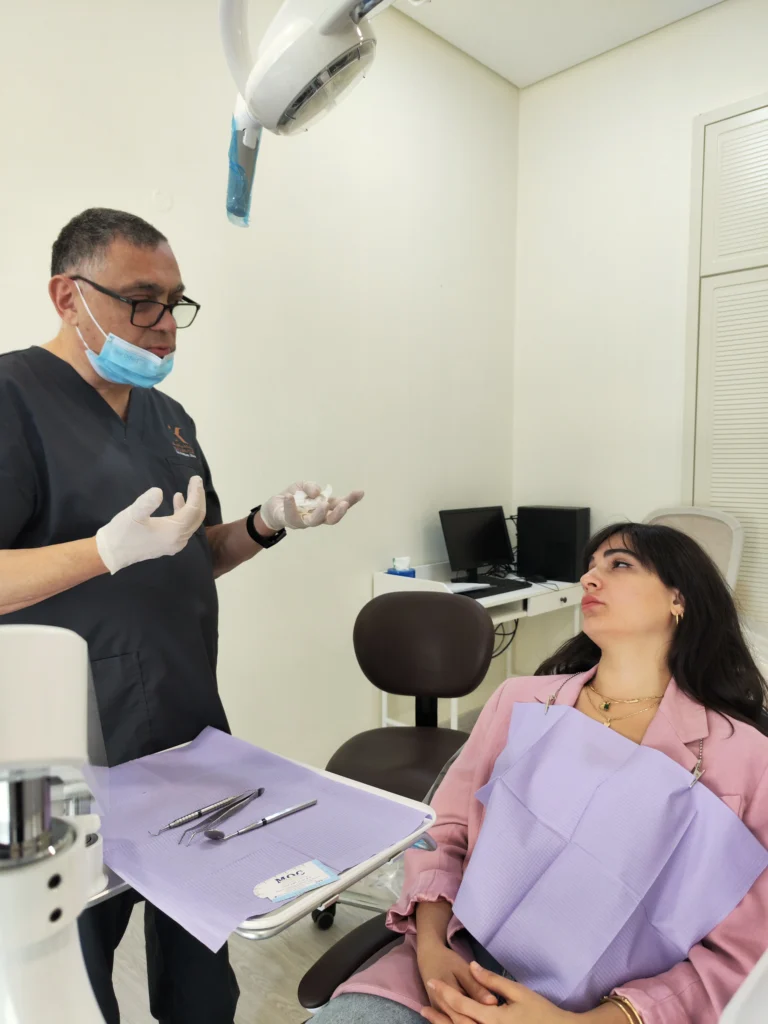Orofacial Pain
Orofacial Pain, Headaches & Bruxism
Orofacial pain refers to discomfort or dysfunction in the face, jaws, and related structures. It may be caused
by muscle tension, nerve disorders, bite imbalances, or stress-related habits like clenching or grinding. One
of the most common sources is myofascial pain — involving trigger points in the jaw and neck muscles t
by muscle tension, nerve disorders, bite imbalances, or stress-related habits like clenching or grinding. One
of the most common sources is myofascial pain — involving trigger points in the jaw and neck muscles that
refer pain across the head and face.
Myofascial Pain & Headaches
These tight knots of muscle — called trigger points — can cause localized pain, referred pain, and even mimic
migraines. Common symptoms include:
– Dull facial aches
– Headaches that start in the temples or jaw
– Pain around the ear or cheek
– Soreness when chewing or yawning

Bruxism (Teeth Grinding & Clenching)
Bruxism can occur while awake or during sleep and is a major contributor to orofacial pain and TMJ
symptoms
Daytime Bruxism
– Often related to stress or posture.
– Usually involves clenching without grinding
– May cause jaw fatigue, tension headaches, and tooth sensitivity.
Nighttime Bruxism
– Involuntary and harder to detect.
– Often associated with sleep-disordered breathing or airway collapse.
– May result in flattened teeth, joint clicking, or morning headaches.

Treatment Options for Orofacial Pain
Our approach is conservative, collaborative, and tailored to your symptoms. We may
recommend:
- Oral orthotics Custom appliances to decompress the jaw and reduce tension
- Biofeedback Techniques to raise awareness of clenching habit
- Dry needling or trigger point therapy To release muscle tightness
- Botox injections Targeted muscle relaxation for chronic cases
- Myofunctional therapy Exercises to retrain breathing, tongue, and jaw habits.
- Referral to specialists For sleep testing, ENT evaluation, or psychological support.
If you experience frequent headaches, facial tightness, or nighttime grinding, it’s time to investigate the cause.
Book a consultation to take the first step toward lasting relief

